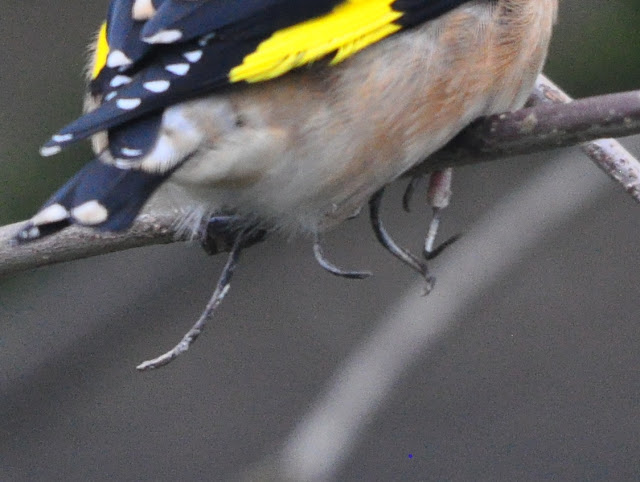While I have seen plenty of sinensis at other sites over the years this is the first one I have knowingly encountered at Orrell Water Park, so it was a patch tick of sorts. The lakes at the park are quite small and cormorants don't drop in that often or stay for very long and when they do it is usually only single birds, so seeing two together and having the opportunity to have a good look at them is quite unusual. I didn't have my camera with me while I was out with the dogs but luckily they stayed around long enough for me to get a few record shots afterwards.
 |
| A nice comparison shot of a carbo left and the sinensis right. |
 |
| It is a smart looking bird. |
 |
References:
Newson, S., Hughes, B., Russell, I., Ekins, G. and Sellers, R. (2004) Sub-specific differentiation and distribution of Great Cormorants Phalacrocorax carbo in Europe. Ardea 92, 3–9



























